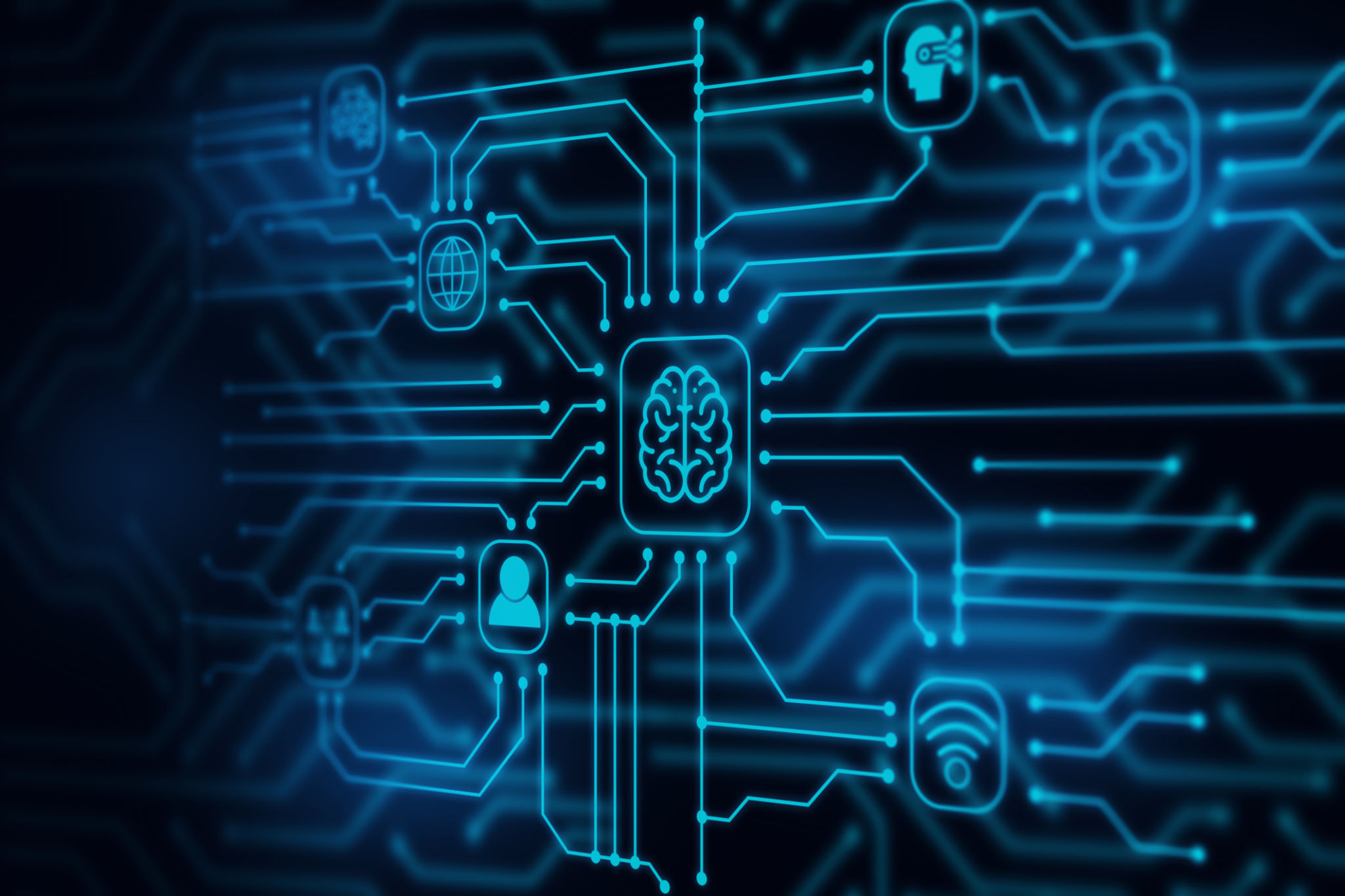A Guide to Implementing IoT Sensors for Structural Safety
Understanding the Importance of IoT Sensors in Structural Safety
In today's rapidly advancing technological landscape, the integration of the Internet of Things (IoT) into structural safety has become a crucial component for ensuring the integrity and longevity of buildings and infrastructure. IoT sensors play a pivotal role in monitoring various parameters that can affect structural health, such as temperature fluctuations, vibrations, and stress levels. By implementing these sensors, engineers and architects can gain real-time insights into the condition of structures, enabling proactive maintenance and timely interventions.

Choosing the Right IoT Sensors for Your Needs
Selecting the appropriate IoT sensors for structural safety requires a thorough understanding of the specific needs and characteristics of the structure in question. Key factors to consider include the type of material used in construction, the environmental conditions the structure will be exposed to, and the specific parameters that need monitoring. Common types of IoT sensors used in structural safety include strain gauges, accelerometers, and temperature sensors, each serving distinct purposes.
For example, strain gauges are ideal for monitoring stress levels in bridges and high-rise buildings, while accelerometers are better suited for detecting vibrations that might indicate potential structural issues. Meanwhile, temperature sensors can help monitor thermal expansion in materials, a crucial factor in areas prone to extreme temperature variations.
Integrating IoT Sensors into Structural Systems
Once the appropriate sensors have been selected, the next step is to integrate them into the structural system. This process involves careful planning and execution to ensure that the sensors are placed strategically to provide accurate and useful data. It's important to work closely with engineers and architects during this phase, as their expertise is invaluable in identifying critical areas that require monitoring.

The integration process may also involve establishing a robust communication network to transmit data from the sensors to a central system for analysis. Consider investing in wireless communication technologies like LoRaWAN or NB-IoT to ensure reliable data transmission over long distances. Additionally, ensure that the data collection system is equipped with adequate storage and processing capabilities to handle large volumes of information.
Analyzing Data from IoT Sensors
After successful integration, the real value of IoT sensors emerges through data analysis. Utilizing advanced analytics tools and software can help transform raw data into actionable insights. This allows stakeholders to identify patterns and trends that may indicate potential structural issues before they escalate into serious problems.
Data analysis should be an ongoing process, with regular evaluations to ensure that the structural health remains optimal. By establishing a continuous monitoring system, any anomalies can be quickly detected and addressed, reducing the risk of costly repairs or catastrophic failures.

Ensuring Longevity and Maintenance of IoT Systems
The long-term success of IoT sensor implementation in structural safety depends on consistent maintenance and updates. Regularly inspect sensors to ensure they are functioning correctly and replace any that show signs of wear or damage. Additionally, software updates are crucial for keeping the system secure and efficient.
Establish a maintenance schedule that includes routine checks and calibration of sensors to maintain their accuracy. Collaborate with technology providers to stay informed about advancements in sensor technology that could enhance your system's capabilities.
The Future of IoT in Structural Safety
The adoption of IoT sensors in structural safety is expected to grow as technology advances and becomes more accessible. Future developments may include more compact and energy-efficient sensors, enhanced data analytics capabilities, and improved integration with other smart technologies.
By staying ahead of these trends and continuing to innovate, stakeholders can ensure that structures remain safe and resilient against the challenges posed by environmental changes and urbanization. Embracing IoT technology today paves the way for a safer tomorrow.
